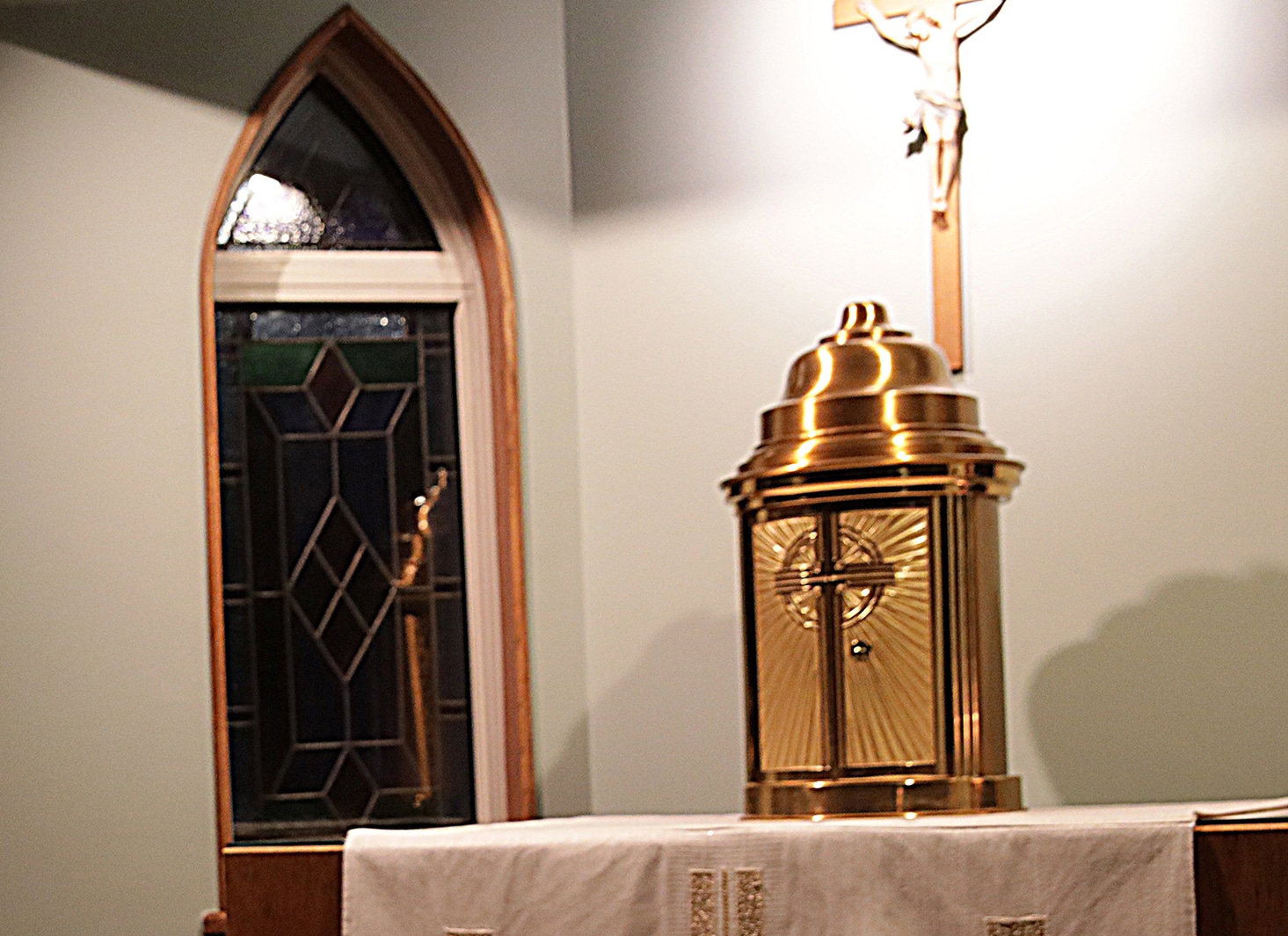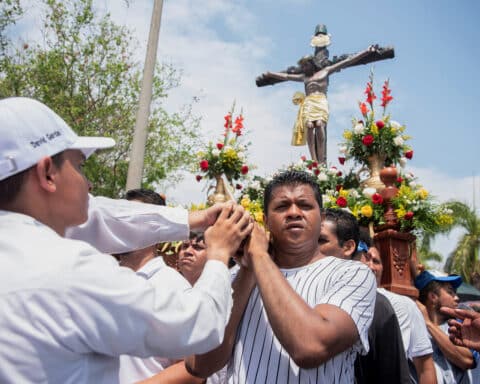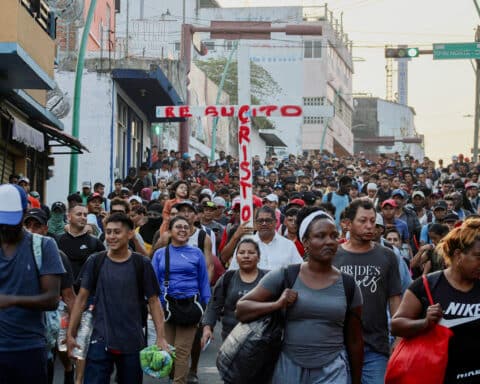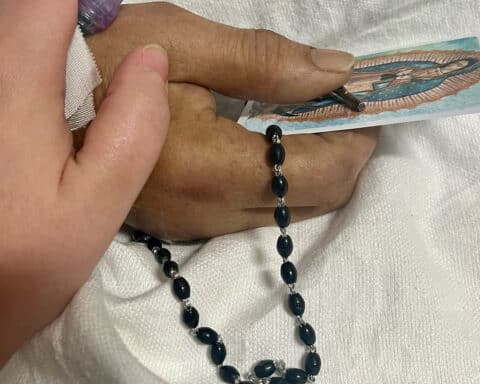There is one period in the liturgical year when the sanctuary of every Catholic church feels qualitatively the same as the churches of our separated brethren. From the beginning of the Mass of the Lord’s Supper on Holy Thursday through the beginning of the Easter Vigil two days later, the tabernacles of our churches sit empty, devoid of the Body of Our Savior, which normally lies in repose there.
When we enter a Catholic church — from the lowliest chapel to the most ornate shrine or cathedral — during those 48 hours, the recognition that something is different is palpable. The emptiness of the tabernacle is not the same as the emptiness of the tomb that the apostles will experience just a few hours later, on Easter Sunday. The empty tomb fills them with wonder and amazement and a certain holy fear at the enormity of The Event, and two thousand years later, we still grapple with the reality that the God who made us has died and has risen for us, so that we, who have rejected him and thus embraced death, might once more enter into eternal life.
But to see a tabernacle empty, to bow toward the altar rather than to genuflect toward the place of Christ’s repose, is — or at least should be — for a Catholic to acknowledge a gaping hole at the center of our universe. Anyone who has sat in his parish church on the mornings of Good Friday and Holy Saturday and contemplated the empty tabernacle, painfully aware of the absence of Christ’s presence, has glimpsed the reality that, while God is (in the words of an Eastern Christian prayer to the Holy Spirit) “everywhere present and fill[s] all things,” he is especially present in the memorial of his sacrifice that he gave to his Church to have and to hold until the day that time fades at last into eternity.
We do not know (the old saying goes) what we have until it is gone. Even the most beautiful church was qualitatively different during those two days and those who felt that difference know that the Real Presence of Christ in the Eucharist is not an abstract teaching but the most concrete of all concrete realities at the heart of the Catholic Faith.
In the breaking of the bread
The two disciples on the road to Emmaus on that first Easter Sunday recalled their hearts burning within them as the Word of God opened the Scriptures as they walked alongside him. They had undoubtedly heard Christ preach many times before but were not among the twelve present at the Last Supper three days earlier. And yet they recognized him not in his preaching but only in the breaking of the bread. The experience of the Sacrament of the Eucharist made them aware of his presence in a way that even the hours spent walking with him through the scriptures had not.
The Easter Vigil ends with the return of Christ to his tabernacle, where he will remain until the Triduum begins again next year. The tomb is empty; the tabernacle is full. Christ lives among us, right here and right now, body, blood, soul, and divinity. We enter our churches and genuflect before the Lord of Hosts in the form of a host. Once again, we experience the qualitative difference between the lowliest and most plain Catholic chapel and the most beautiful ornate gathering place for our separated brethren. We rejoice in Christ’s presence as the priest calls us to lift our hearts and lift them to meet our risen Lord.
Christ is in his tabernacle, and all is right with the world.





